Any vines non-toxic to dogs??
stevef25
10 years ago
Related Stories
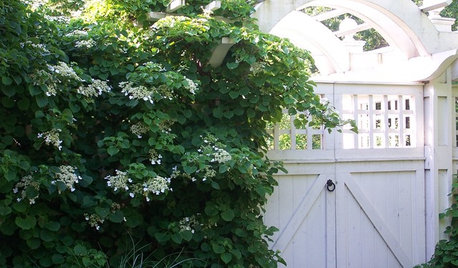
FALL GARDENING6 Deer-Resistant Flowering Vines to Plant This Fall
Have a major deer problem? Here are some of the only vines that have a chance of not being eaten
Full Story
LANDSCAPE DESIGNSee 5 Unexpected Ways to Use Vines
Vines can grow over slopes, trail off pergolas and add seasonal color to the garden
Full Story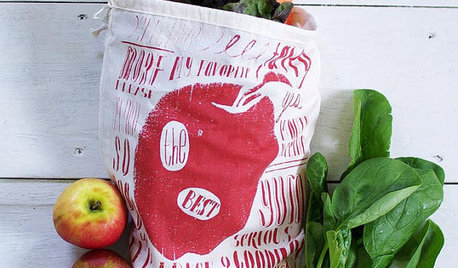
Guest Picks: Cookie and Kate's Cooking Essentials
Cooking blogger Kate shares her top 20 durable and non-toxic tools for the kitchen
Full Story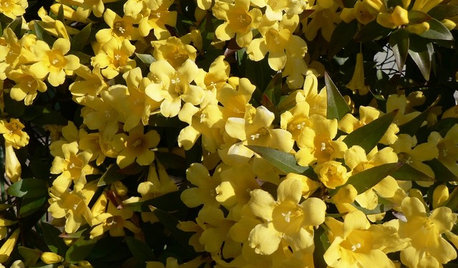
GARDENING GUIDESGreat Design Plant: Gelsemium Sempervirens
Plant Carolina jessamine in fall, and its flowers will signal spring before any other plants start blooming
Full Story
PETS6 Ways to Help Your Dog and Landscape Play Nicely Together
Keep your prized plantings intact and your dog happy too, with this wisdom from an expert gardener and dog guardian
Full Story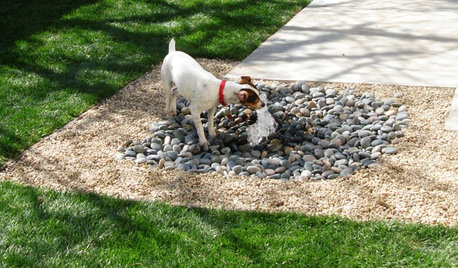
MOST POPULAR8 Backyard Ideas to Delight Your Dog
Cue the joyous soundtrack. These pet-friendly landscape and garden ideas will keep your pooch safe, happy and well exercised outdoors
Full Story
PETSHouzz Pets Survey: Who Rules the House — Dogs or Cats?
New data shows that pets make people happy, and pet owners love spending big to return the favor
Full Story
PETSGarden Alert: 22 Plants to Keep Away From Pets
Avoid potential danger by keeping dogs and cats away from these landscaping and houseplant favorites
Full Story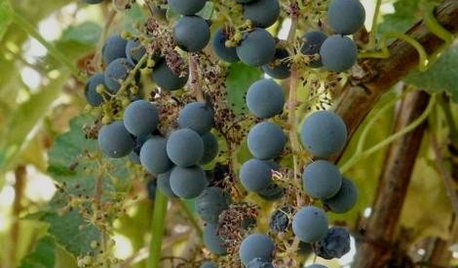
GARDENING GUIDESGreat Design Plant: Try California Wild Grape for Interest All Year
Sure, it’s stunning in fall. But the spring buds, summer grapes and gnarled winter vines are gorgeous too
Full Story
MOST POPULARThe Perfect Houseplant for People Who Kill Houseplants
If you can fill a jar with water, you can keep golden pothos vine happy — and it will pay you back with cleaner air and a greener home
Full StoryMore Discussions






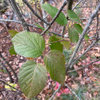

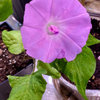
ron_convolvulaceae
stevef25Original Author
Related Professionals
Manhattan Beach Landscape Architects & Landscape Designers · Milford Landscape Contractors · Bedford Heights Landscape Contractors · Ellicott City Landscape Contractors · Lakeville Landscape Contractors · North Lauderdale Landscape Contractors · Norwalk Landscape Contractors · Point Pleasant Landscape Contractors · Severna Park Landscape Contractors · Streamwood Landscape Contractors · Sun City Center Landscape Contractors · Wanaque Landscape Contractors · Washington Landscape Contractors · Reisterstown Landscape Contractors · Forest Hill Landscape Contractorsron_convolvulaceae
flora_uk
ron_convolvulaceae
stevef25Original Author
ron_convolvulaceae
flora_uk
shaneatwell
ron_convolvulaceae
stevef25Original Author
ron_convolvulaceae
flowerpower1234